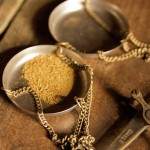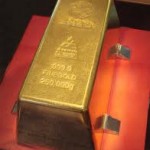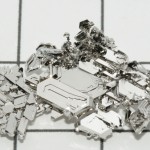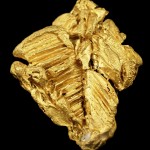The current silver price is US$22 per ounce. This is a truly astonishing number for a few reasons. Back in 1980 an ounce of silver reached a high of $49.95. Despite all the money printing and financial chaos in the world in the past 33 years, silver has gone backwards. Unlike gold, silver has many industrial and medical applications. So investors are in direct competition with big industrial companies. In many cases there are no substitutes – if they don’t have silver they can’t produce. Industry needs it because it’s one of the best conductors of electricity, it’s the second best reflector of light behind rhodium (but at a fraction of the cost) and it’s very effective in killing germs. So demand is exploding in electronics, solar panels and numerous medical applications. Back in 1980 when silver was $49.95 total supply had risen 34% in the previous two years. Supply was growing quickly. By contrast, the global silver supply has actually fallen 2% in the past three years. JP Morgan, infamous among silver investors had virtually no silver in its warehouse in May 2011. But now, the bank has accumulated about 37.7 million ounces of silver which in today’s market is worth about $830m. Across the market as a whole, short positions stood at nearly 260 million ounces of silver in February of this year. Now, short positions have fallen to less than 20 million ounces. This is the smallest short position by commercial traders in more than a decade. For gold bullion prices to rise by 100%, gold would need to rise to $2,620 an ounce, however, it’s a price level we have yet to see. But the investible silver market is truly tiny because of all that industrial demand. In dollar terms, it’s only 4.5% of the size of the gold market. So for silver prices to rise 100%, they would only have to move to $44 an ounce—a price level we already saw in 2011. Isn’t that where we are heading?
4 May, 2014





